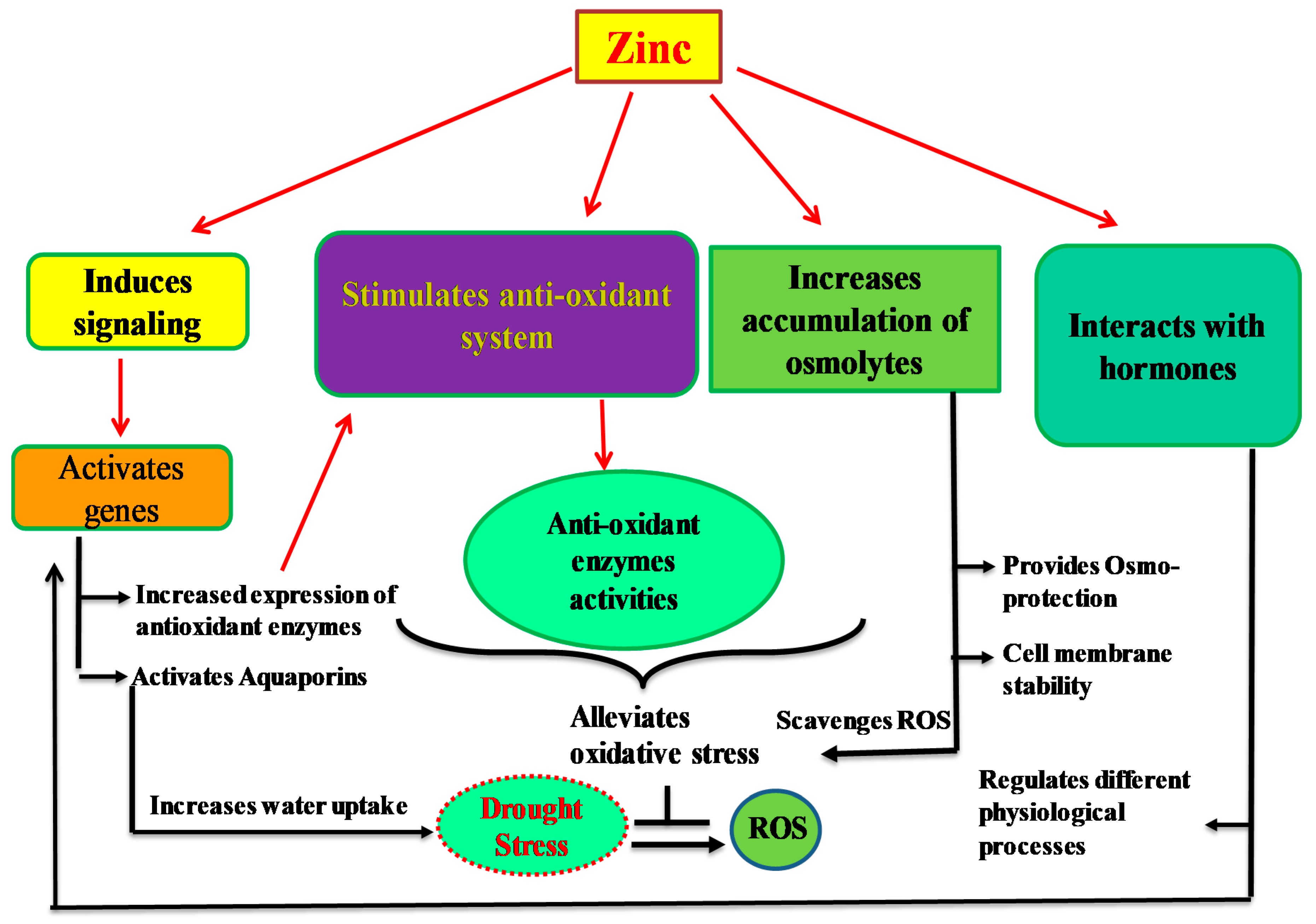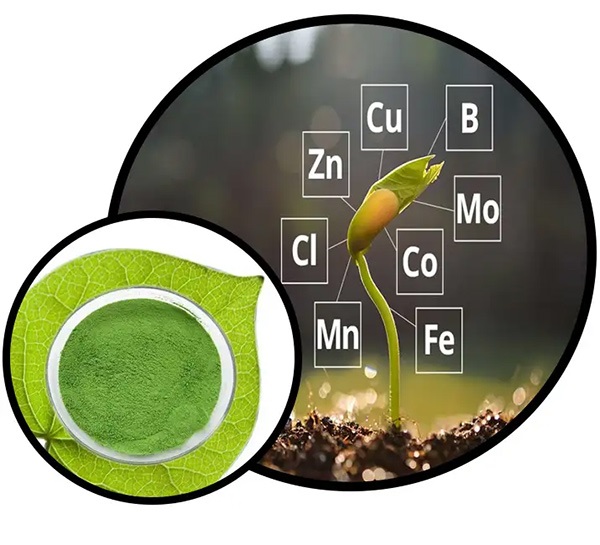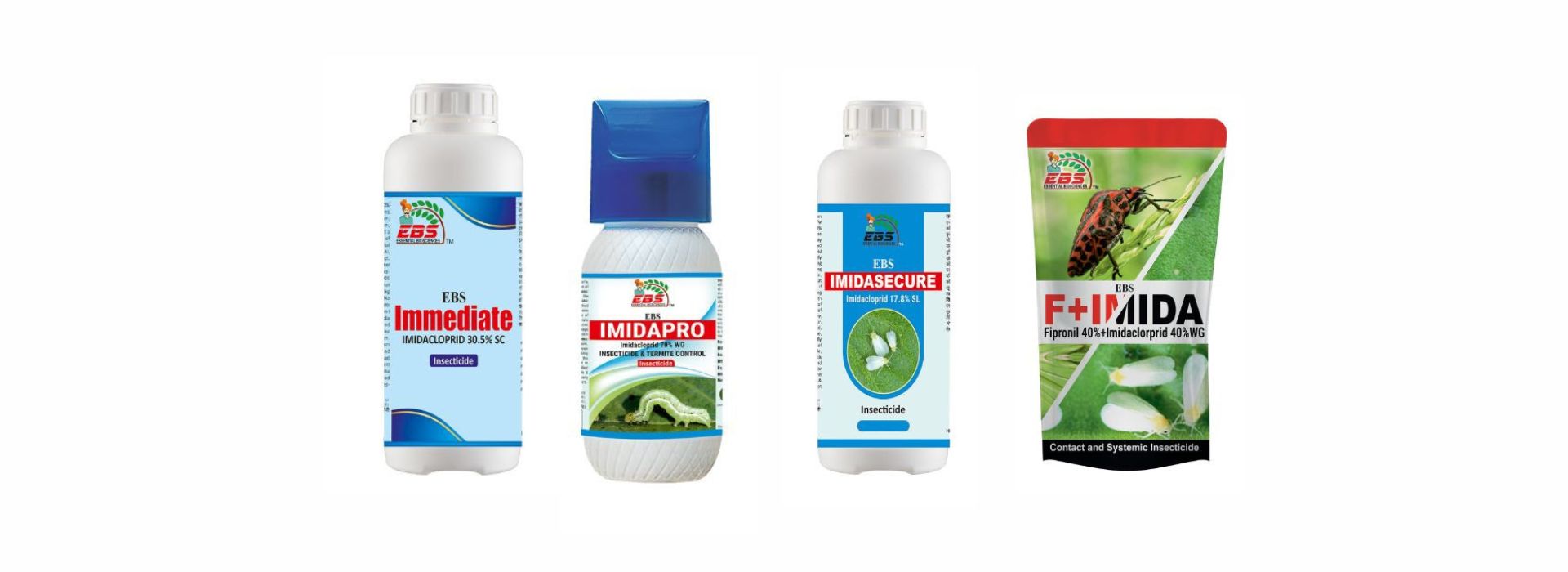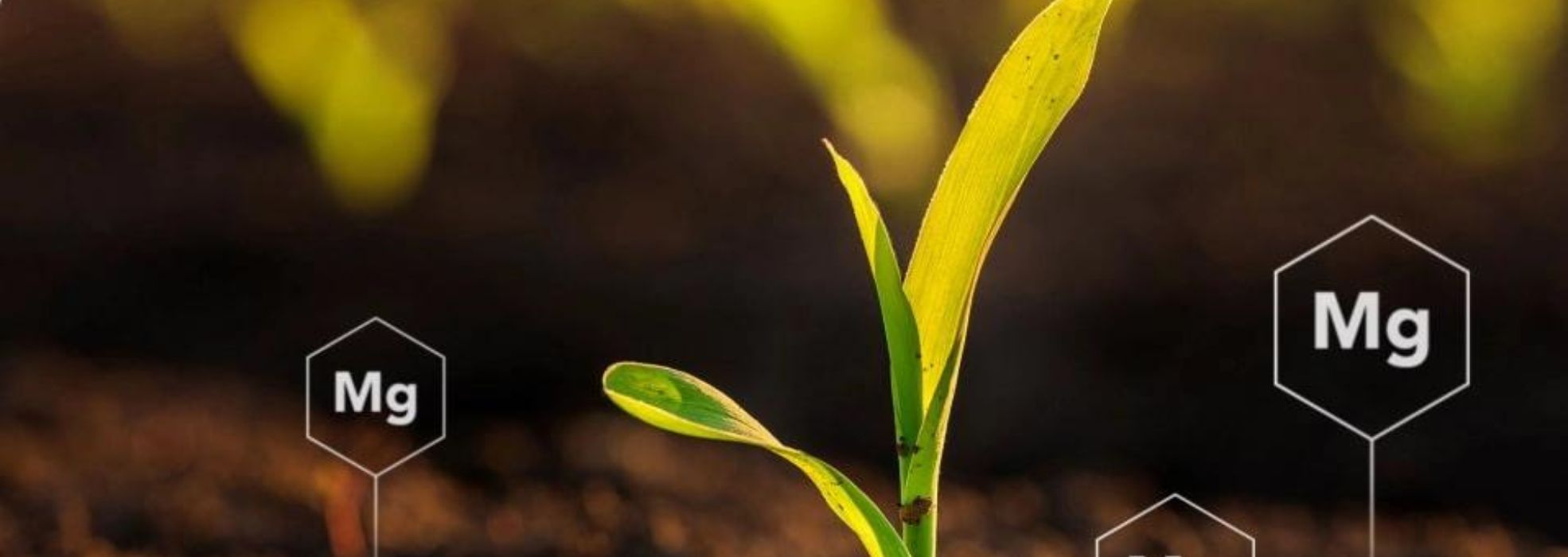The Critical Role of Zinc in Plants Facing the Drought Stress
January 9, 2024Zinc is an essential micronutrient for plant growth and development. It is involved in many important plant processes, including photosynthesis, protein synthesis, and cell division. Zinc deficiency in plants can lead to a number of problems, including stunted growth, reduced yields, and increased susceptibility to pests and diseases.
In India, it is estimated that about 36.5% of the soils are zinc deficient. This is a major problem, as zinc deficiency can significantly reduce crop yields. Zinc deficiency is particularly common in the dry and sandy soils of western and central India.
Crops requiring zinc fertilizer in higher doses
The following crops are known to require zinc fertilizer in higher doses:
Cereals (wheat, rice, maize)
Pulses (lentils, peas, chickpeas)
Oilseeds (groundnut, soybean, mustard)
Vegetables (tomatoes, cabbage, spinach)
Fruits (mangoes, bananas, apples)
Zinc content in soil
The zinc content of soil varies greatly depending on the type of soil, the climate, and the management practices used. In general, sandy soils are more likely to be zinc deficient than clay soils. The recommended zinc content for agricultural soils is 10-20 ppm. However, many Indian soils have zinc levels below this threshold.
Types of zinc fertilizer
There are many different types of zinc fertilizers available. The most common types are:
Zinc sulfate is the most economical type of zinc fertilizer. However, it can be less effective than zinc chelates, which are more easily absorbed by plants.
Which zinc fertilizers should be applied in soil?
Zinc sulfate and zinc oxide can be applied to the soil either before or after planting. However, it is important to apply them to the top 6-8 inches of soil, where the roots of most plants are located.
Which zinc fertilizers should be applied as foliar?
Zinc chelates can be applied to the leaves of plants as a foliar spray. This is a good way to quickly provide zinc to plants that are showing signs of zinc deficiency.
Recommendations for zinc fertilizer application
The amount of zinc fertilizer that needs to be applied will vary depending on the soil zinc content, the crop being grown, and the expected yield. It is important to consult with a soil testing laboratory or a fertilizer expert to determine the correct application rate. In general, zinc fertilizer should be applied at a rate of 2 to 4 kg per acre. However, 10 kg per acre may be needed in soils that are severely zinc deficient. Zinc fertilizer should be applied as a basal dose before planting. This will give the zinc time to be taken up by the soil and made available to plants. Foliar sprays of zinc chelates can be applied during the growing season, as needed. 0.5% solution of zinc chelates should be sprayed following these recommendations, you can help to ensure that your crops have the zinc they need to grow healthy and productive.






Guest reviews
No reviews found for this Blog